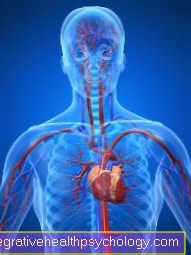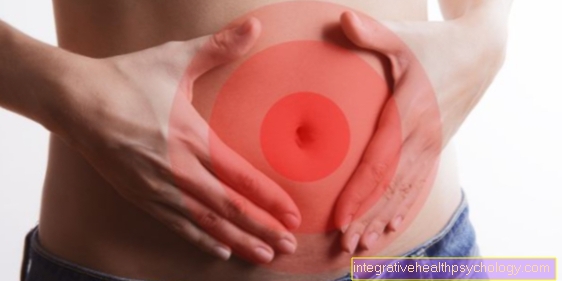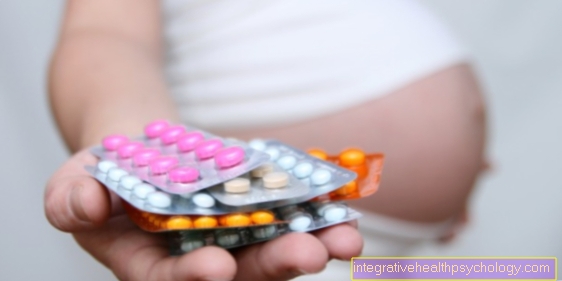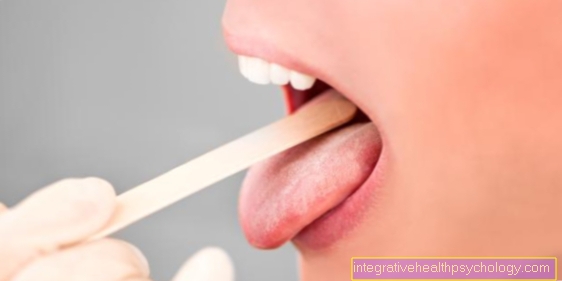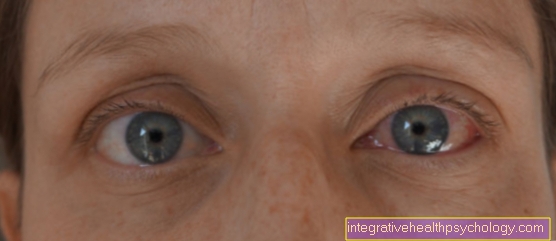Pain after a vasectomy
introduction
A vasectomy or vasoresection is a routine procedure by urologists and is carried out for the planned sterilization of men for contraceptive purposes.
It is a small surgical procedure that is usually only performed under local anesthesia. However, as with any surgical procedure, side effects can occur, including pain.
Further information i.a. You can find out more about the exact procedure of a vasectomy, the costs and the safety of a vasectomy in our article Vasectomy - the sterilization of the man.

How painful is a vasectomy?
A vasectomy per se is ideally not painful at all. For the procedure, the testicle is anesthetized locally while the patient remains awake. Common local anesthetics such as those used by dentists are used for anesthesia.
The application of the same with a needle is uncomfortable, you can feel the sting and the pressing, burning sensation that arises when injecting anesthetic.
You can find out what side effects local anesthesia can have in our article Side effects of local anesthesia.
Optimally, however, the incision and severing of the vas deferens should no longer be noticed. After the procedure, after the effects of the local anesthetic have waned, a slight pain may occur due to the small scalpel incisions and swelling of the testicle. It is equivalent to normal wound pain and should normally be kept within limits, as the wounds after a vasectomy are very small.
What you can do against the pain after an operation and other interesting information can be found in our article Post-operative pain.
Treatment of pain
The most effective against normal postoperative pain are painkillers from the group of so-called non-steroidal anti-inflammatory drugs, such as ibuprofen, paracetamol or Novalgin. They can be taken when the pain is low or, in order to avoid the pain in the first place, continuously in the morning, at noon and in the evening in a constant dose for the first three days after the procedure. Stronger pain relievers are usually not necessary.
In addition, the testicle can be cooled after the procedure. However, several factors should be taken into account: the cool pack should be cold but not frozen, as otherwise burns can occur on the sensitive skin of the testicle. Cooling should be carried out for as long as it feels comfortable and pain-relieving for the patient, but not longer than 20 minutes at a time.
The dressing should not get wet for the first few days after the vasectomy to maintain sterility of the wound. Avoiding exercise after the vasectomy may also help prevent the pain from increasing. Smoking and alcohol consumption can impair wound healing and should also be avoided during the first few days if possible.
Also read our topic: Side effects of ibuprofen
Duration of pain
Without complications and with normal wound healing, the pain should stop after about one to a maximum of two weeks.
However, there are individual differences here, in insensitive patients with optimal healing, the pain can be gone after a few days, in more sensitive men it can take up to two weeks without this being worrying. However, it is important that the pain steadily decrease, even without the help of painkillers.
Pain from complications
If the pain changes in character in the course of the days after the vasectomy, this may be an indication of a complication.
Common complications are bleeding or infection in the operating theater. If a small bruise has formed during the operation, this can be noticed by blue discoloration or pressing pain. However, like a normal bruise, these should subside in a few days.
Renewed bleeding after surgery is extremely rare in a minor procedure such as a vasectomy. With an infection after a vasectomy, the pain is more likely to get worse or stay the same over time. The character of the pain corresponds to that of an inflammatory pain, the wound on the testicle can throb, feel overheated and swollen.
Spreading of the pain to the entire testicle or groin area can also be an expression of an infection or inflammation.
If the pain persists or if the pain character changes, the operating urologist should always be consulted.
Also read the article: Side effects of a vasectomy
Localization of the pain
As a rule, the wound on the testicle hurts, and occasionally the entire testicle if swollen or bruised.
In some cases, the pain can also radiate into the groin because the spermatic cord runs through the inguinal canal there. Even with complications, the pain region is limited to the testicles and groin area. Even with inflammation of the epididymis, the pain manifests itself in the testicular region. In the case of pain in other parts of the body, which occurs in close proximity to the vasectomy, a connection is not necessarily to be assumed. If this pain persists, a doctor should be consulted in any case.
You can find out what other causes pain in the testicles can have in our article: Testicular pain
Post vasectomy pain syndrome
Post-vasectomy pain syndrome (PVS) is an umbrella term for persistent pain over time after a vasectomy that is not directly related to the surgical wounds.
The pain can be of different quality and localization, mostly it is pressing pain in the testicles or epididymis. Pulling pain in the groin area can also occur. The cause has not yet been fully clarified, as PVS only occurs in a small fraction of the men treated. A possible reason is, for example, the backlog of seminal fluid after severing the vas deferens in the epididymis. During this process, nodules can form from sperm that have not broken down (so-called sperm granulomas). Sperm granulomas also occur in other men after vasectomy without causing pain, so they are not certain to be the cause of PVS.
Read more on the subject at: Sperm granulomas
Some of the pain goes away on its own, occurs only occasionally in some patients, while in others it has a significant impact on quality of life. There are several treatment approaches, in many cases revascularization - that is, the merging of the separated ends of the spermatic ducts and thus the restoration of fertility - causes a reduction in pain. Severing the nerve tracts supplying the epididymis can also be effective against pain.
You might also be interested in this topic: How can you reverse a vasectomy?
Prolonged pain
Post-vasectomy pain syndrome can still occur years later. Adhesions around the spermatic cord and nerve tracts can be the cause of this. If the pain persists, these adhesions can be loosened surgically. However, PVS that occurs after years is rather atypical, so testicular pain often has other causes and is rarely related to the vasectomy.
An inguinal hernia, in which organ tissue can protrude from the abdominal cavity through a hernial opening through the inguinal canal and into the testicles, is a more common clinical picture, especially in men over 50, which can cause pain in the groin and testicular area.
The varicocele, a vascular sac in the veins supplying the testicles, is somewhat less common. It also causes pain in the testicles.
Contrary to popular opinion in the past, a vasectomy does not entail a higher risk of developing further diseases. However, in rare cases, a testicular tumor can also be behind the pain.
All in all, persistent pain or swelling in the testicles over a long period of time requires clarification.
You may also be interested in these topics:
- Diseases of the testicles
- Inguinal hernia - these are the symptoms

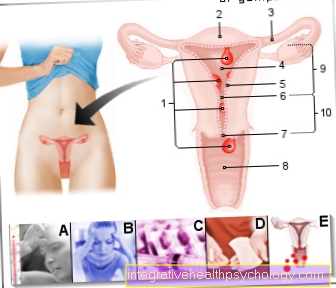


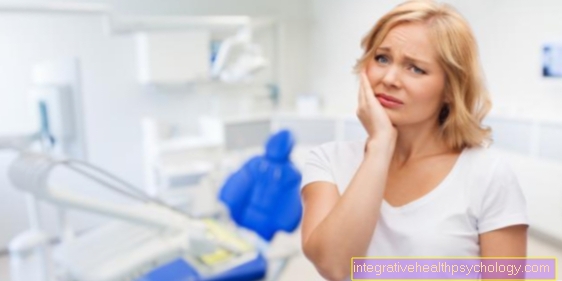



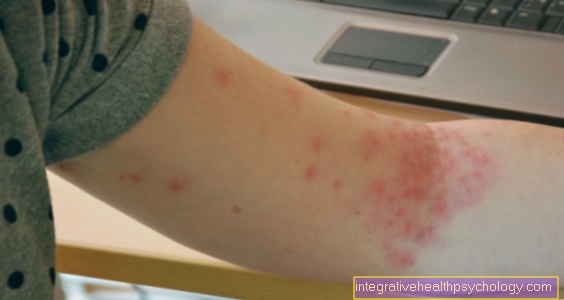
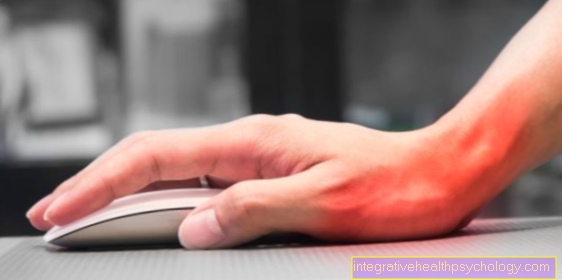
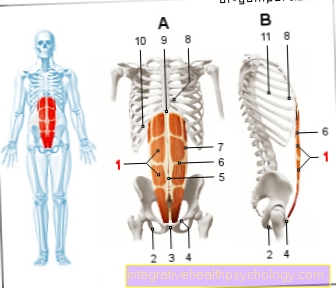

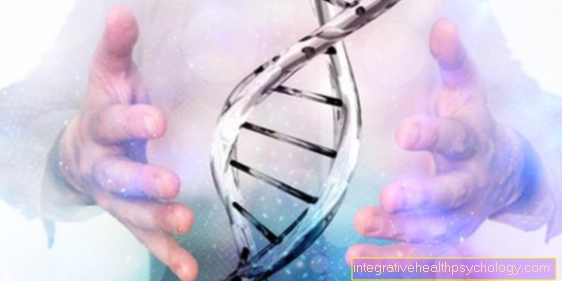

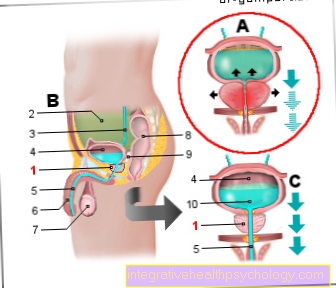

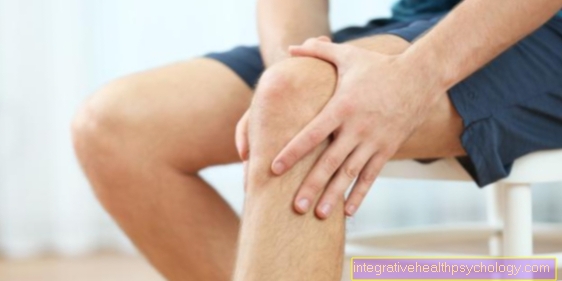


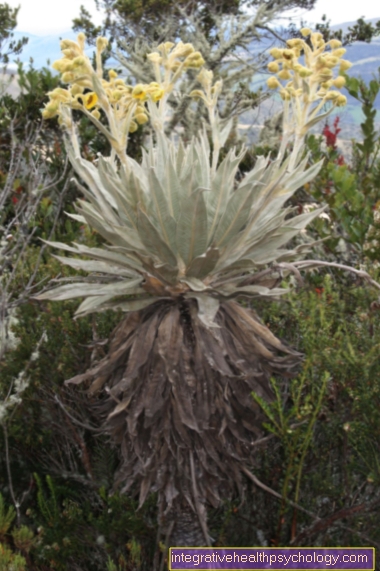
.jpg)
